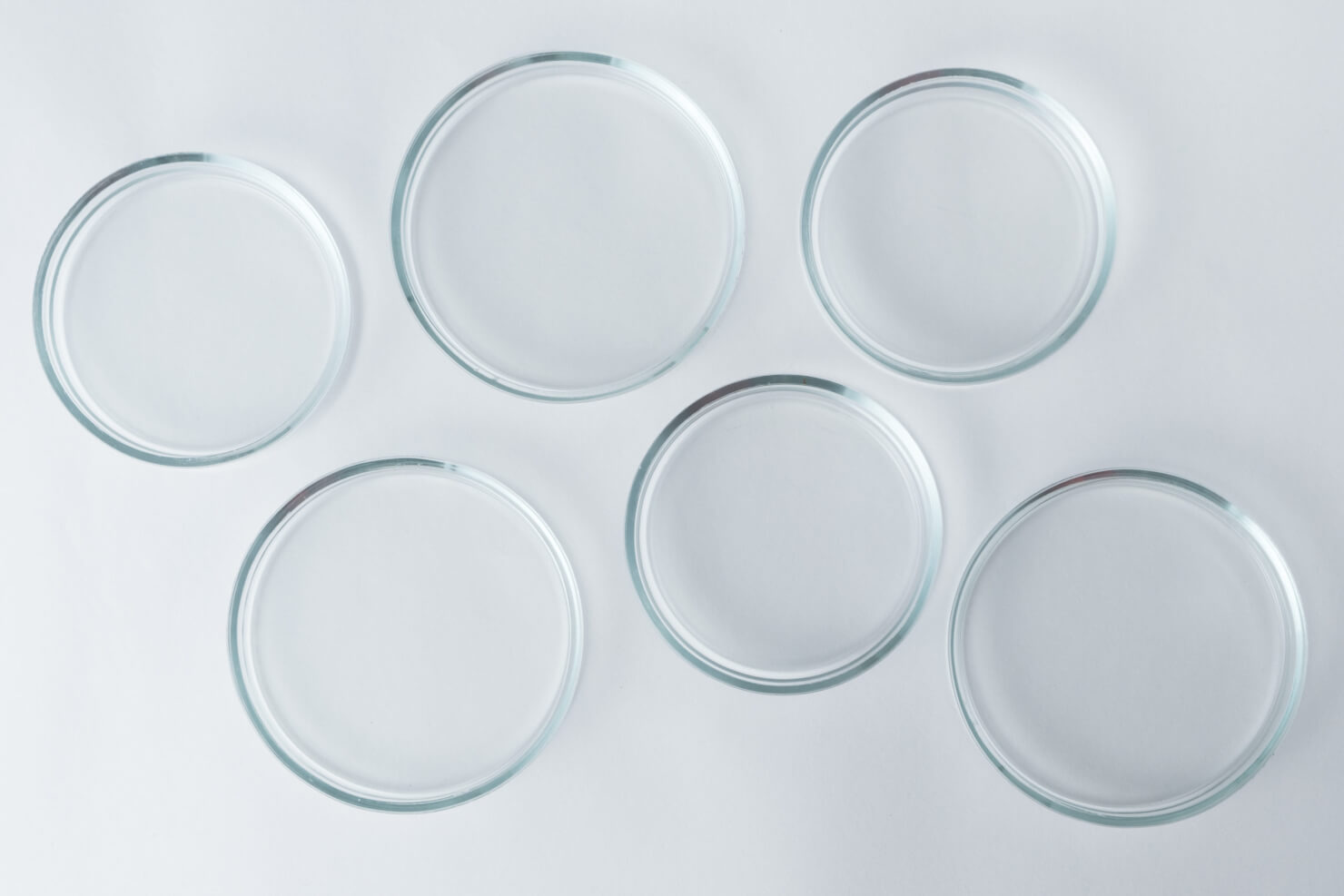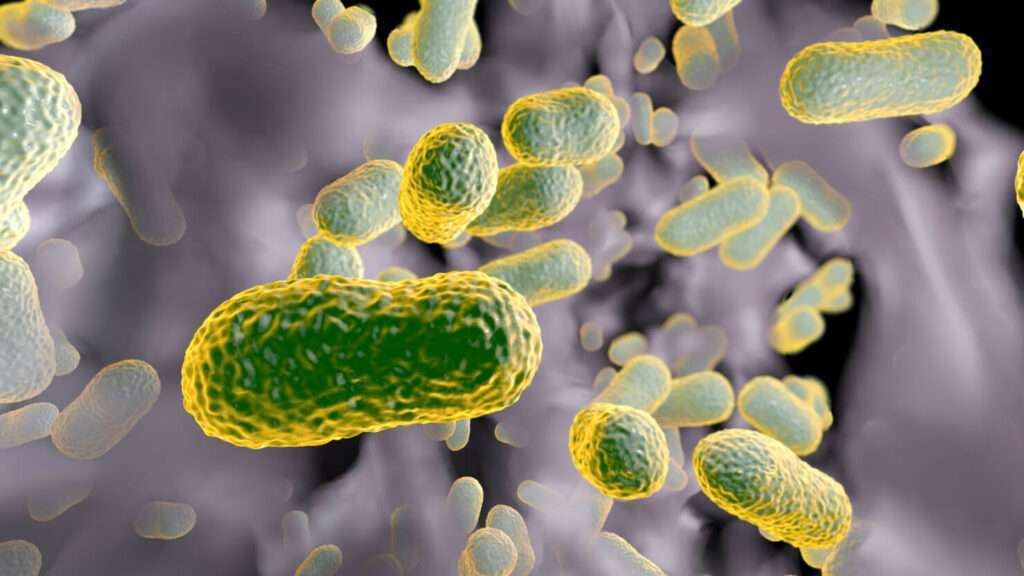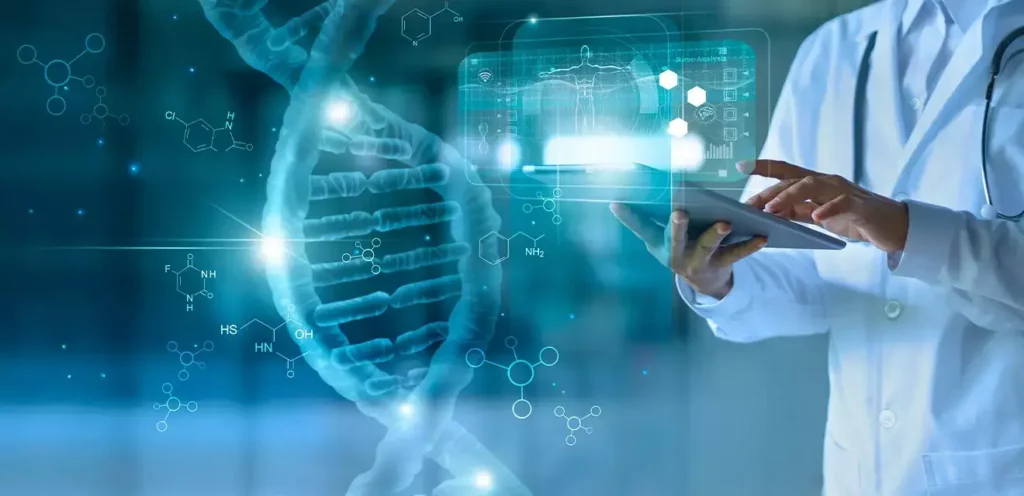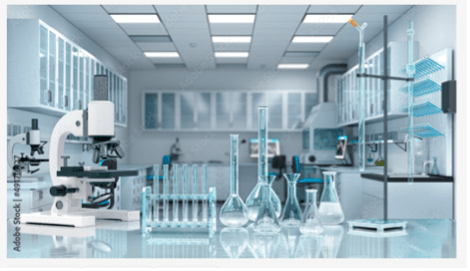New techniques using hydrogels are allowing researchers to increase or decrease pressure differences, change mechanical loads, and vary blood volumes in a realistic environment in vitro. These measured values can be simulated in hydrogels that exhibit adjustable viscoelastic properties, which enable such groundbreaking research.
Why hydrogels - Dancing to changing tunes
In every heartbeat, heart muscle cells or cardiomyocytes generate mechanical force to pump blood into circulation to meet the body’s demands for oxygen and fuel. The pumping action of the heart imparts constant and dynamic mechanical loads onto the heart muscles and cells. The heart continuously compensates for changing load with changes in posture, physical activity, emotional and pathophysiological state. Picture serving over 5 bottles of red wine each minute at rest (a gallon of blood) and then up to 26 bottles during exercise (5 gallons).
Like a twist in fate, the mechanisms vital to tune each heartbeat and maintain adequate blood flow can be dysregulated in disease states, resulting in damages to the heart. Scientists need to know HOW the heart senses these changes in load AND transduces that information to biochemical reactions that can affect cell function–a process termed mechano-chemo-transduction (MCT). Now, there are several reasons to understand the MCT pathway, the biggest probably is combatting cardiovascular disease.
A mechanical view of heart failure
Many heart-disease conditions (like hypertension, muscular dystrophy, and dilated cardiomyopathy) are associated with increased pressure on the heart, contributing to compensatory remodeling that can sometimes worsen cardiac function and lead to heart failure. Imagine the heart was really a bartender/sommelier, drinks are still available, but it cannot pour as much during rush hour because maybe it’s reading the room wrong, lazy with weak muscles, working overtime for years, been drinking laced coffee…ok stop imagining. To effectively address altered heart muscle mechanics, one would need to understand the MCT signaling pathway.
However, two difficulties at the molecular and cellular level would be utilizing ‘precise instruments’ and applying ‘accurate load’ to experimental samples. Compared to the whole heart, individual heart muscle cells or cardiomyocytes are tiny and fragile.
Stressed... but not really
In the journey to MCT enlightenment, stretch systems were developed to examine the effect of mechanical load on cell function. A good setup would need to study heart cells contracting against mechanical load, the effects this has on calcium release in the heart, and the changes in the intracellular milieu. The first – the 1D stretching system – used glass fibers to stretch the heart cell along the long axis1–3. However, while the internal mechano-sensors are activated during stretching, the external mechano-sensors are not.
Pro tip: think of mechano-sensors as hypothetical molecular springs. Next, the 2D stretching system, where cultured heart cells on a membrane were stretched to observe MCT4. Sadly, the surface mechano-sensors not facing the membrane are exposed to bath solution and experience very little strain. These limited systems deformed the cells5, and could not simultaneously activate both internal and external mechano-sensors during stretching.
Heart cells in hydrogels
To overcome the limitations of the previous systems, a group of researchers developed a 3-D Cell-in-Gel system6. By directly embedding cardiomyocytes in hydrogels (creating a 3-D matrix), experiments can mimic mechanical properties of the heart in vitro. The Cell-in-Gel system is porous and allows for heart cells to be electrically stimulated at any “heart rate” during experiments. The gel can be tuned to match the material properties of different tissues and disease conditions. For example, stiffer hydrogels can be used to mimic diseased heart muscles –comparable to muscle stiffness and viscosities measured in the human heart7.
This system allows solution exchange by perfusion to study drug effects, electric field stimulation to study excitation-contraction coupling in cardiomyocytes, and microscopic imaging to study the structure and function of embedded cells.
Utilizing the solution
Research has already found that increased mechanical loading on heart cells induced enhanced calcium signaling leading to improved contractility, and this mechanism was regulated by the chemical messenger nitric oxide8. In heart failure, however, this enhancement of calcium and contractility was reduced. Furthermore, the regulation mechanism in heart failure switched from nitric oxide to another important class of chemical messengers: reactive oxygen species9–11.
Overall, hydrogel technology has allowed for rapid progress in our understanding of how healthy and diseased heart cells function, in a more realistic environment. Further research will bring more exciting findings and therapeutic solutions for those dealing with cardiac diseases, so stay tuned.
References:
1. Prosser, B. L., Ward, C. W. & Lederer, W. J. X-ROS signaling: Rapid mechano-chemo transduction in heart. Science (80-. ). 333, 1440–1445 (2011).
2. Le Guennec, J. Y., Peineau, N., Argibay, J. A., Mongo, K. G. & Garnier, D. A new method of attachment of isolated mammalian ventricular myocytes for tension recording: Length dependence of passive and active tension. J. Mol. Cell. Cardiol. 22, 1083–1093 (1990).
3. Alvarez, B. V., Pérez, N. G., Ennis, I. L., Camilión De Hurtado, M. C. & Cingolani, H. E. Mechanisms underlying the increase in force and Ca2+ transient that follow stretch of cardiac muscle: A possible explanation of the Anrep effect. Circ. Res. 85, 716–722 (1999).
4. Garbincius, J. F. & Michele, D. E. Dystrophin-glycoprotein complex regulates muscle nitric oxide production through mechanoregulation of AMPK signaling. Proc. Natl. Acad. Sci. U. S. A. 112, 13663–13668 (2015).
5. Brady, A. J. Mechanical properties of isolated cardiac myocytes. Physiological Reviews vol. 71 413–428 (1991).
6. Ekama Onofiok, Kit S. Lam & Juntao Luo. Three-dimensional cell adhesion matrix. (2012).
7. Pislaru, C., Urban, M. W., Pislaru, S. V., Kinnick, R. R. & Greenleaf, J. F. Viscoelastic properties of normal and infarcted myocardium measured by a multifrequency shear wave method: Comparison with pressure-segment length method. Ultrasound Med. Biol. 40, 1785–1795 (2014).
8. Jian, Z. et al. Mechanochemotransduction during cardiomyocyte contraction is mediated by localized nitric oxide signaling. Sci. Signal. 7, ra27 (2014).
9. Looi, Y. H. et al. Involvement of Nox2 NADPH oxidase in adverse cardiac remodeling after myocardial infarction. Hypertension 51, 319–325 (2008).
10. Santillo, M., Colantuoni, A., Mondola, P., Guida, B. & Damiano, S. NOX signaling in molecular cardiovascular mechanisms involved in the blood pressure homeostasis. Frontiers in Physiology vol. 6 194 (2015).
11. Zhang, M. et al. Contractile Function during Angiotensin-II Activation: Increased Nox2 Activity Modulates Cardiac Calcium Handling via Phospholamban Phosphorylation. J. Am. Coll. Cardiol. 66, 261–272 (2015).





